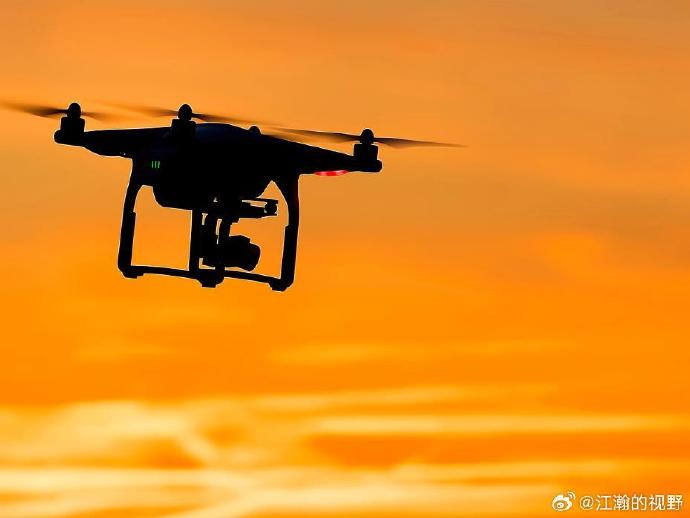Understanding Thermal Camera Technology
Thermal cameras work by detecting infrared radiation emitted by objects. This allows them to visualize heat patterns, enabling users to observe temperature differences in the environment. In drones, thermal cameras have become particularly useful for applications like search and rescue missions, wildlife monitoring, and building inspections.
Enhanced Search and Rescue Operations
The ability to detect heat signatures makes drones with thermal cameras indispensable in search and rescue operations. These drones can easily locate individuals even in challenging terrains and environmental conditions, providing rescue teams with vital information quickly and efficiently.
Wildlife Monitoring
Environmentalists and researchers can now monitor wildlife without disturbing their natural habitats. Drones equipped with thermal cameras can track nocturnal animals and observe them remotely, providing valuable insights into their behavior and enabling the collection of data that was previously difficult to gather.
Applications in Building and Infrastructure Inspections
In the field of infrastructure and building inspections, drones with thermal cameras are a game-changer. They can identify heat loss, water leaks, electrical faults, and structural issues without requiring inspectors to be physically close to potentially hazardous sites. This not only increases safety but also enhances efficiency and accuracy in detecting issues.
Innovative Features of the Latest Models
Modern drones with thermal camera systems come equipped with innovative features like
- high-resolution imaging
- long-flight duration
- intelligent sensors
These advancements ensure that professionals can undertake extensive surveys or search missions without interruptions.
Real-Time Data Transmission
One of the most beneficial advancements is the capability for real-time data transmission. This allows operators to make immediate decisions based on live feedback from the drones, which is crucial for operations where time is of the essence.
Autonomous Navigation
The integration of AI in these drones allows for autonomous navigation, enabling them to operate under pre-set parameters and ensuring they cover vast areas efficiently and accurately without human intervention.
Considerations for Selecting Thermal Camera Drones
Choosing a drone with thermal camera depends on various factors such as
- resolution of the thermal camera
- range and flight time
- environmental resistances
It’s essential for users to evaluate their specific needs and opt for a model that can handle their operational requirements optimally.
Furthermore, understanding local regulations regarding drone usage is vital. Different areas have distinct guidelines, and compliance is necessary to avoid legal issues.
FAQ:
Can drones with thermal cameras be used during daylight?
Yes, thermal cameras detect infrared radiation and can be used at any time of the day or night.
Are thermal cameras safe for wildlife monitoring?
 Thermal cameras are non-intrusive and offer a safe way to monitor wildlife without disturbing their environment.
Thermal cameras are non-intrusive and offer a safe way to monitor wildlife without disturbing their environment.
What is the battery life of a typical thermal camera drone?
Battery life varies, but most modern drones offer flights ranging from 20 minutes to over an hour, depending on the model and features.